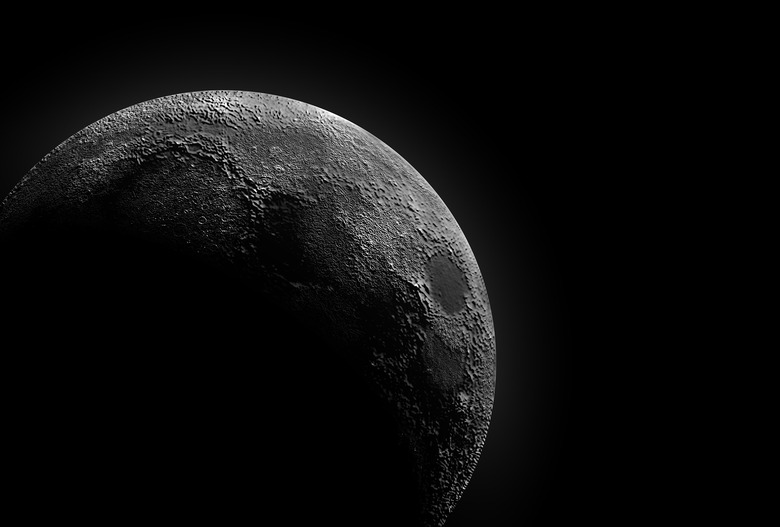An Ocean Of Lava May Have Once Covered The Moon
New data from India's Chandrayaan-3 mission suggests that the Moon may have once had an ocean of lava on its surface sometime in the past. The data is covered extensively in a new paper published in the journal Nature and covered in The Conversation. The Chandrayaan-3 mission set down on the lunar surface on August 23, 2023, and has given us a glimpse into a region of the Moon that we hadn't yet been able to explore as we had never landed there in the past.
However, India's Vikram lander gave us insight into that region of the Moon, with the deployed Pragyan rover actually returning measurements that suggest a mixture of chemical elements exists in the lunar soil. This supports theories the Moon may have once had a magma ocean covering its surface.
The idea that a single ocean of lava once existed on the Moon is supported further by the fact that the same mixture of chemicals seems to have been discovered across various places on the Moon. And, because that has come from places that are geographically distant from each other, scientists believe the ocean may have stretched across the entire lunar surface early in its history.
Considering the exact origins of the Moon are still very unknown, any data that we find out about our planet's satellite could help shed more light on where exactly it came from. NASA is constantly trying to understand the evolution of the moon, and decoding its history is a good first step. With the Artemis missions already planned to take humans to similar regions of the lunar surface, we hope to get a closer look at the chemical makeup that the Chandrayaan-3 mission is reporting back.
Orbital data we've captured over multiple decades suggests that the surface of the Moon shares a very similar chemical composition across several kilometers, at least. So, even if the ocean of lava didn't cover the entirety of the Moon, it's likely there was at least a lake of molten rock on the lunar surface at some point or another, but it cooled and eventually became part of the surface we know today.
